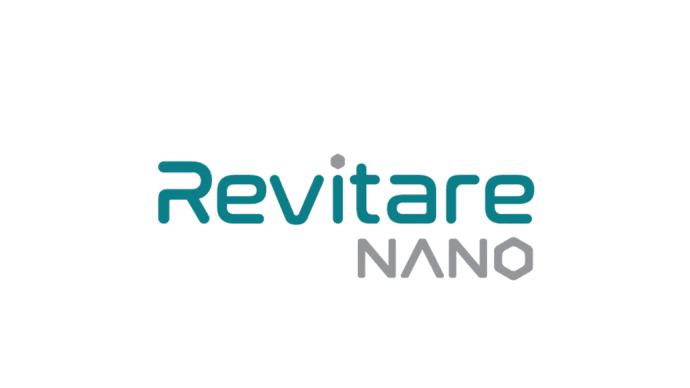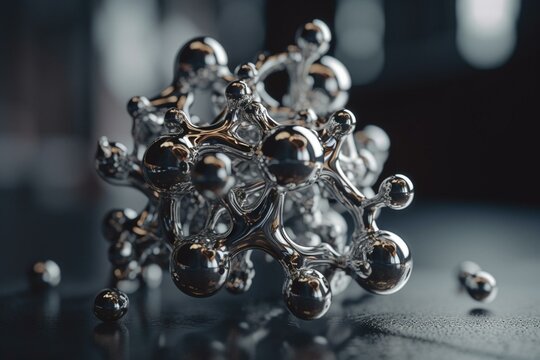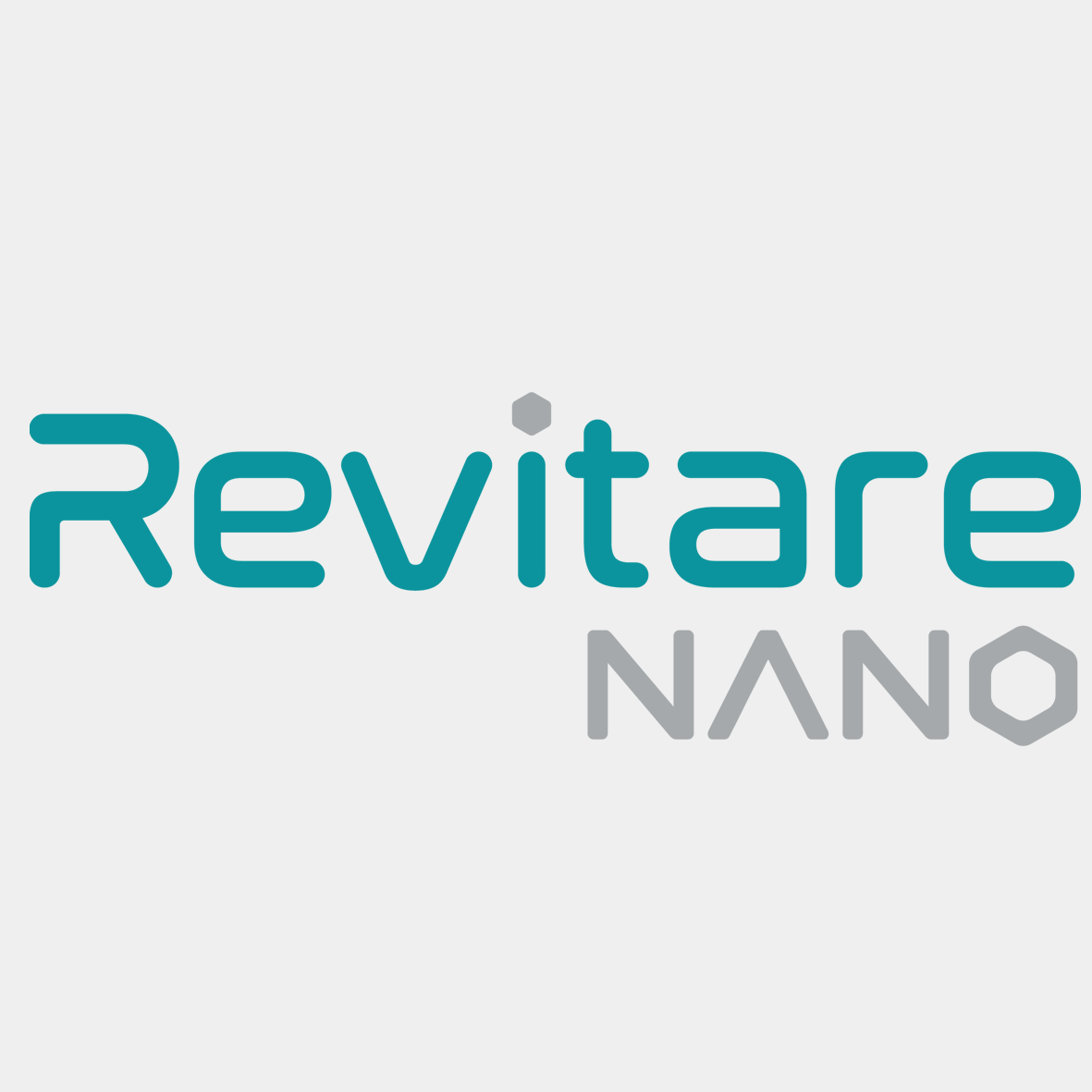The world today witnesses significant progress in all fields through the utilization of nanotechnology. With technological advancements and a growing understanding of the nanoworld, especially silver nanoparticles, new and diverse applications of this remarkable technology are being discovered in various fields. Can you imagine that these tiny particles can change the game and make significant changes in our daily lives? From medicine to industry, and from environment to energy, we find silver nanoparticles and their applications everywhere, witnessing innovative applications with unique properties such as antibacterial factors in air conditioners, washing machines, odor-resistant clothing, electronic devices, as well as the use of silver nanoparticles in the manufacture and packaging of food, small surfaces such as utensils, and other uses…
Silver nanoparticles and enhancing the performance of adhesive materials in resisting bacterial adhesion
Nanotechnology applications in the field of medical science have surpassed traditional boundaries by offering remarkable capabilities in combating germs and microbes and enhancing the biological performance of active substances. The integration of nanoparticles such as silver particles into dental adhesive materials, and their incorporation into dental prosthetic materials, aims to provide effective substances that help prevent bacterial and fungal adhesion to the tooth surface. Studies have shown the following:
- Optimal amounts of silver nanoparticles added to the polymer are crucial to achieve the desired benefits without negatively affecting the material’s physical properties.
- Another study found that experimental composite adhesive materials containing silver nanoparticles have rougher surfaces compared to conventional adhesive materials. However, bacterial adhesion to the experimental adhesive materials containing silver nanoparticles was observed to be lower than that to conventional adhesive materials.
Utilization of Silver Nanoparticles in the Production of Antimicrobial Hydrogels
The Impact of Silver Nanoparticles (Ag NPs) in Biomedical Sciences Extends Further Due to Their Antimicrobial Properties, as Follows:
- Hydrogels loaded with (Ag NPs) nanoparticles have been manufactured, which are considered flexible and non-adhesive. These properties were studied using the disk diffusion test with Escherichia coli, Pseudomonas aeruginosa, and Staphylococcus aureus bacteria, and the results showed enhanced antimicrobial properties.
- Additionally, silver nanoparticles were released from these aqueous gels, exhibiting antibacterial activity against various types of bacteria similar to the effect of Ampicillin (a type of antibiotic belonging to the penicillin family). Recently, Ag NPs have been used in the treatment of wounds and burns.
- Moreover, they have been effective in treating pressure ulcers, which are tissue injuries occurring under the skin due to external pressure, leading to tissue damage. During the manufacturing of aqueous gels loaded with Ag NPs and after numerous experiments and studies, it was found that they are highly effective in treating pressure ulcers by providing antimicrobial properties.”
Silver Nanoparticles and Food Packaging
In our current era, which witnesses a distinctive advancement in food packaging using silver nanoparticle technology, this development represents a step towards enhancing the safety and quality of food products and extending their shelf life, thereby promoting sustainability in the food industry. Additionally, silver nanoparticles enhance the efficiency of packaging processes and offer environmentally friendly solutions. The main objective of using nanotechnology is to develop packaging materials with improved properties to protect and enhance the quality of food. Research has shown that nanocomposite materials, especially silver nanoparticles, which are structures composed of nanoscale particles dispersed in a polymer matrix, possess unique and effective properties for improving food packaging. Silver nanoparticles exhibit antimicrobial properties, making them highly suitable for use in food applications to maintain the safety and purity of food products. By packaging food with nanocomposites, the shelf life of food can be increased, and its quality preserved. These technologies can also be considered environmentally friendly alternatives to plastic packaging, as they have the ability to biodegrade and dispose of safely. Additionally:
- Using nanoparticles as carriers to load antimicrobial substances such as silver oxide into polymer matrices enhances the preventive effectiveness of these substances in protecting food products.
- Effectively utilizing silver nanoparticle-loaded chitosan lactate films to prevent E. coli and combat bacterial food infections.
- Utilizing silver nanoparticle-coated paper for food packaging to reduce the growth of harmful bacteria such as E. coli and St. aureus.
- Using silver nanoparticles in active polyethylene membranes to protect against Alicyclobacillus acidoterrestris in acidic beverages.
- Integrating silver nanoparticles with montmorillonite nanoparticles in polymer matrices to enhance the properties of active packaging systems and provide additional protection against bacteria and food leakage.



